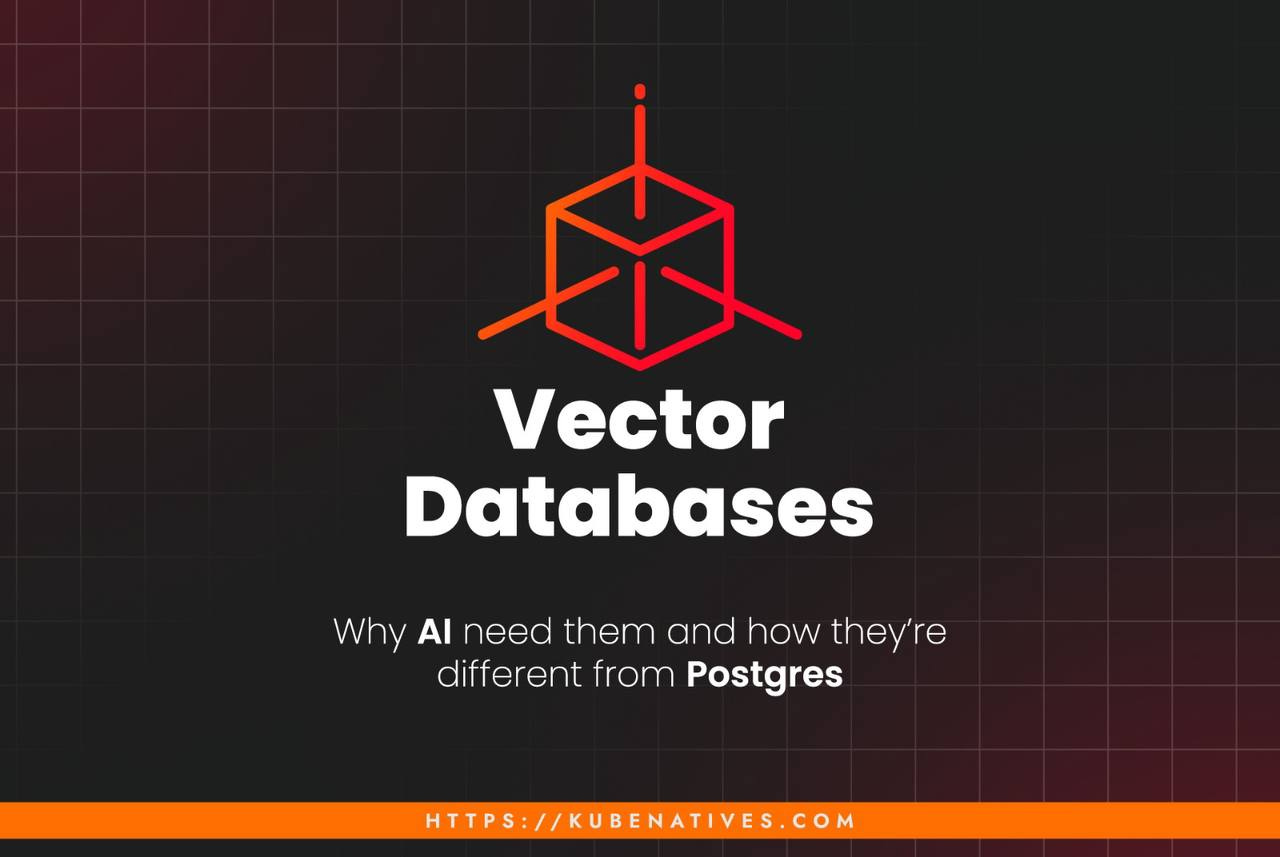Vector Databases: Why AI Needs Them and How They're Different from Postgres
Why does your 'AI-powered' search take 3 seconds to find similar documents when Google finds 2 billion web pages in 0.4 seconds?
Your recommendation engine thinks "iPhone case" is more similar to "Android charger" than to "phone screen protector."
Your semantic search returns cake recipes when users ask about cooking shows. Your chatbot confidently tells customers that your company was founded in 1847 (it wasn't).
These aren't AI problems. They're database problems.
Every startup is suddenly talking about "vector databases" as if they had invented fire. But here's what they're not telling you: this isn't new AI magic. It's 40-year-old math finally meeting infrastructure that can handle it at scale.
And if you're building anything with AI, from RAG systems to recommendation engines, understanding why traditional databases fail at "similarity" might be the difference between a system that works and one that burns through your AWS budget while disappointing users.
The Problem: Postgres Wasn't Built for "Kinda Like This"
Postgres is phenomenal at exact matches:
"Show me user ID 12345" → 0.001ms
"Find orders where status = 'shipped'" → Fast index lookup
"Get all products where price > $100" → Blazing fast
But ask Postgres for fuzzy matches and watch it suffer:
"Find products similar to this one" → Full table scan of doom
"Show me users with similar behavior" → Your CPU is now crying
"What documents are semantically related?" → Good luck with that
This isn't a Postgres bug. It's architecture.
Traditional databases optimize for exact equality. They build indexes assuming you know exactly what you're looking for. However, AI deals in similarity—finding things that are "close enough" in ways that humans understand, but computers struggle with.
The $50K Lesson: When Similarity Search Goes Wrong
Real story from a client (company name changed to protect the embarrassed):
The Setup: E-commerce site with 2M products. "AI-powered recommendations" built on good old MySQL.
The Implementation:
-- Their "similarity" query (I wish I was joking)
SELECT * FROM products
WHERE category = ?
AND price BETWEEN ? AND ?
AND brand IN (...)
ORDER BY RAND()
LIMIT 10
The Results:
Search for "running shoes" → Got dress shoes (same price range!)
"iPhone charger" → Recommended Samsung tablets (electronics category!)
Performance: 2-4 seconds per query
AWS bill: $4,000/month just for database compute
Conversion rate: Embarrassing
The Real Kicker: They had ML engineers building sophisticated neural networks to understand customer preferences, then storing the results in a system designed for accounting ledgers.
Keep reading with a 7-day free trial
Subscribe to Kubenatives to keep reading this post and get 7 days of free access to the full post archives.


